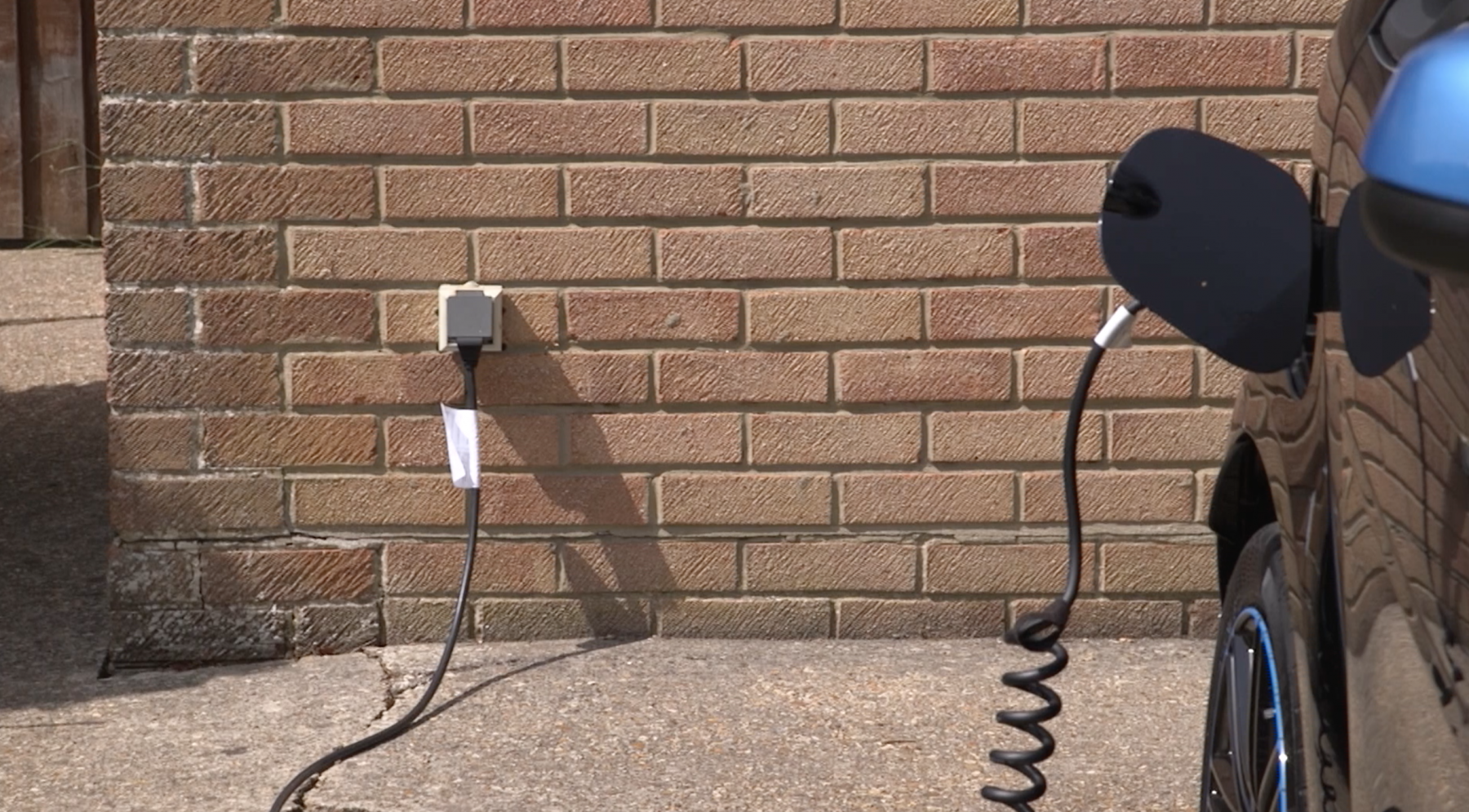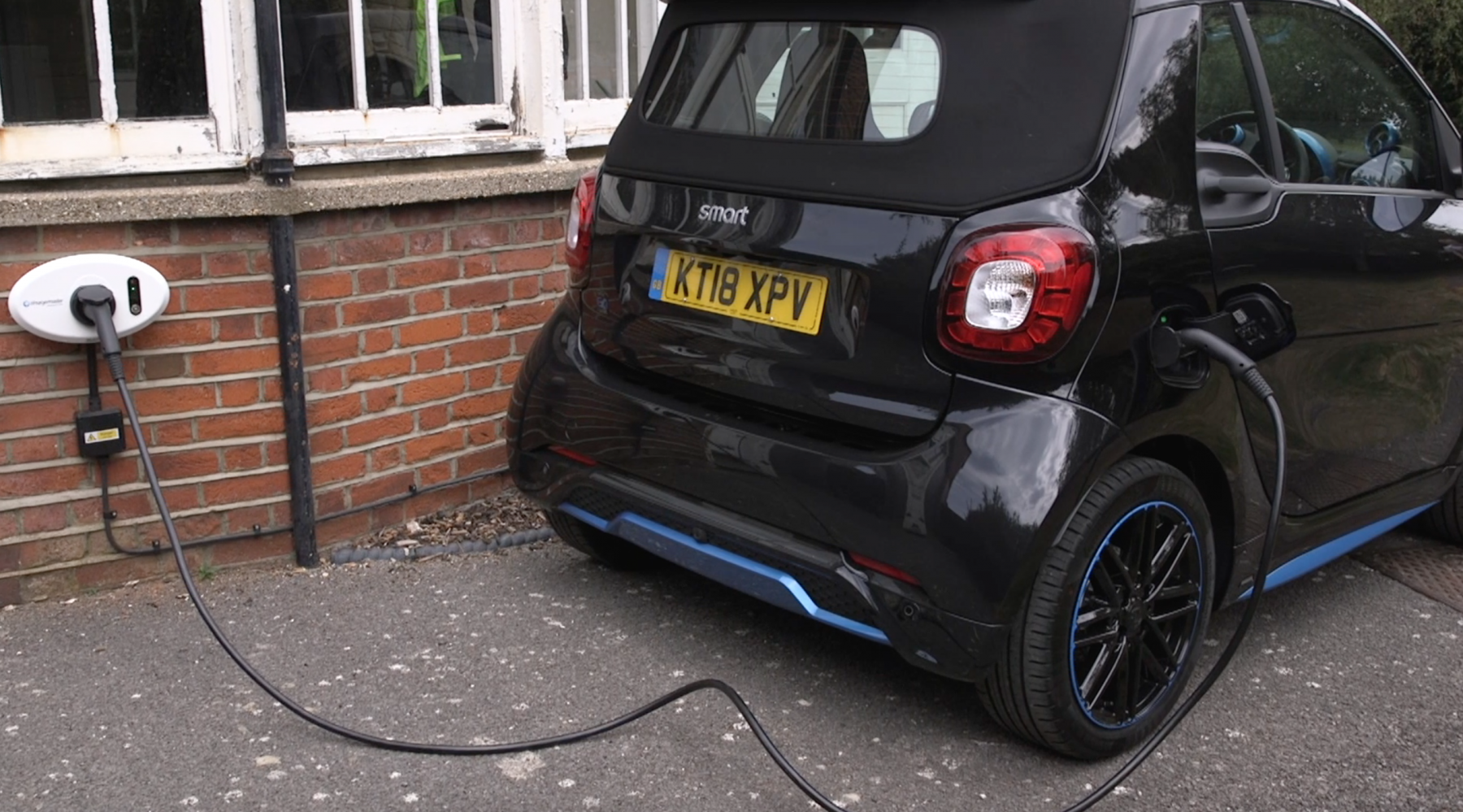For owners of petrol or diesel cars, fuelling up is a simple process that takes just a few minutes. If you drive an electric car though, it’s not as simple as visiting a petrol station.

Electric charging points aren’t always located in convenient spots and once you’re there, you’re in for a wait of at least half an hour before they put any meaningful juice in your car.
However, there’s one big advantage that electric cars have, and that’s the ability to charge at home. It’s something that EV manufacturers would love owners to consider more often – treating an electric car as they would a smartphone, and simply topping up every night for use the next day.
But how can you charge your electric car at home?
The first option is simply to use an existing plug socket. All electric cars are supplied with their own charging cables, which should be plenty long enough to stretch from a driveway to a conveniently located power socket inside your house.
There are disadvantages to this route. Charging from a standard plug socket takes a long time – you’ll probably need to plug in at dinnertime for a full battery the next morning. Routing cables can also be ugly or a treacherous trip hazard.

You can get around the latter by using an extension cable but many manufacturers discourage this on safety grounds, so check your owner’s manual.
The other choice is to install an external plug socket. This remains a slow charging option but is at least tidier, without cables trailing all over the place. You’ll need a qualified electrician to install it safely.

Finally, the best option for those who need a faster charge, you can install a home charging point. Many companies operate these points, and they connect directly to the mains supply to provide a faster charge. Most electric vehicles will be fully charged in a few hours.
Installation can be quite pricey but once in place this is the best option for electric vehicle charging at home.

